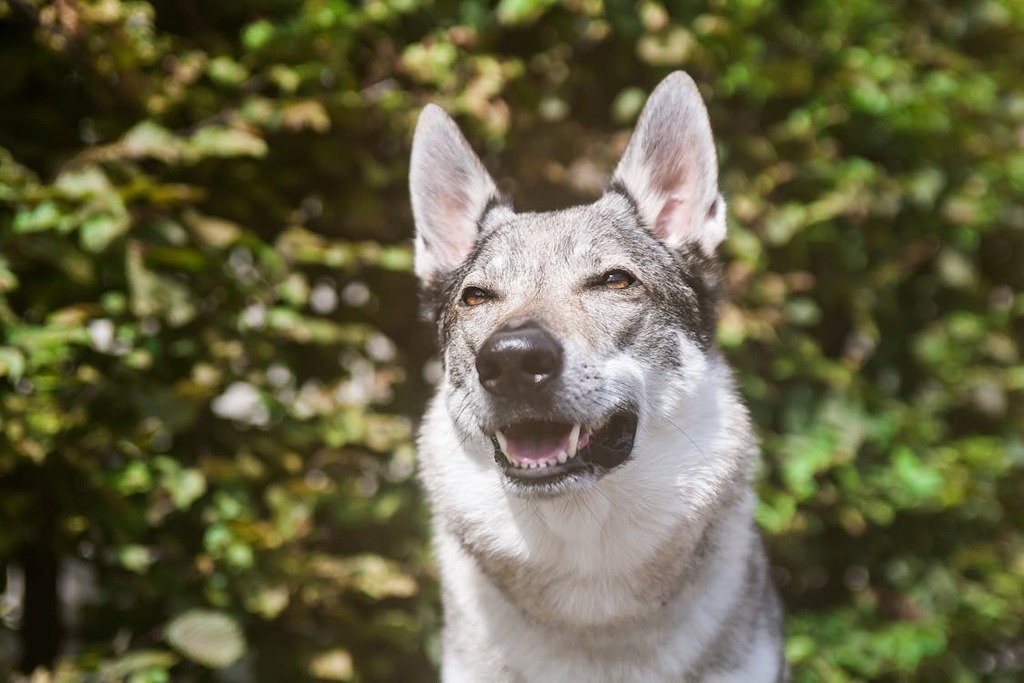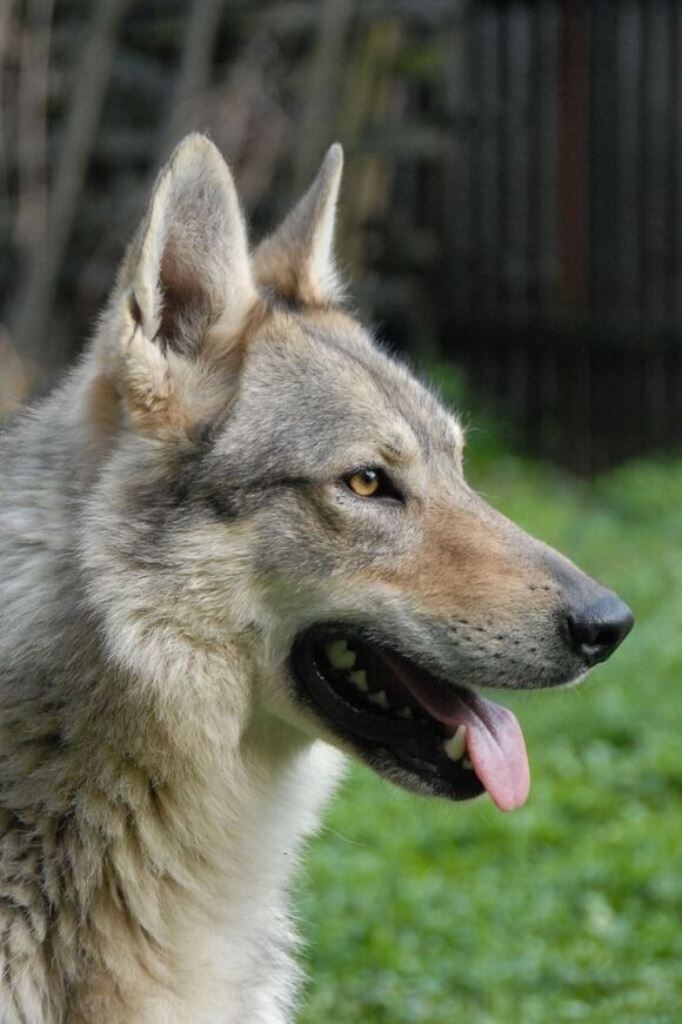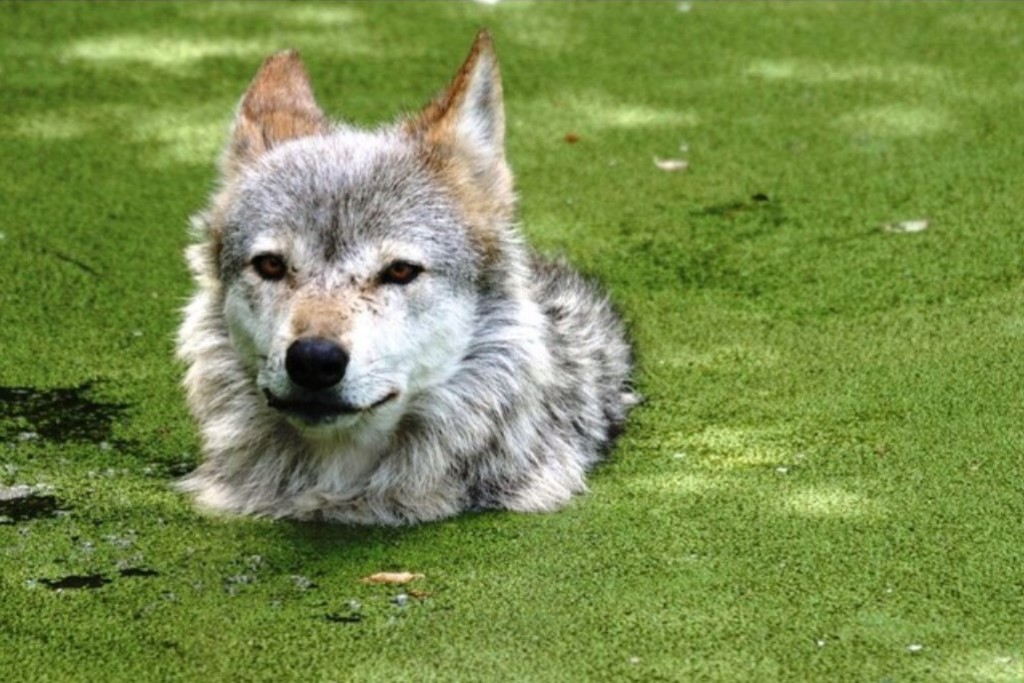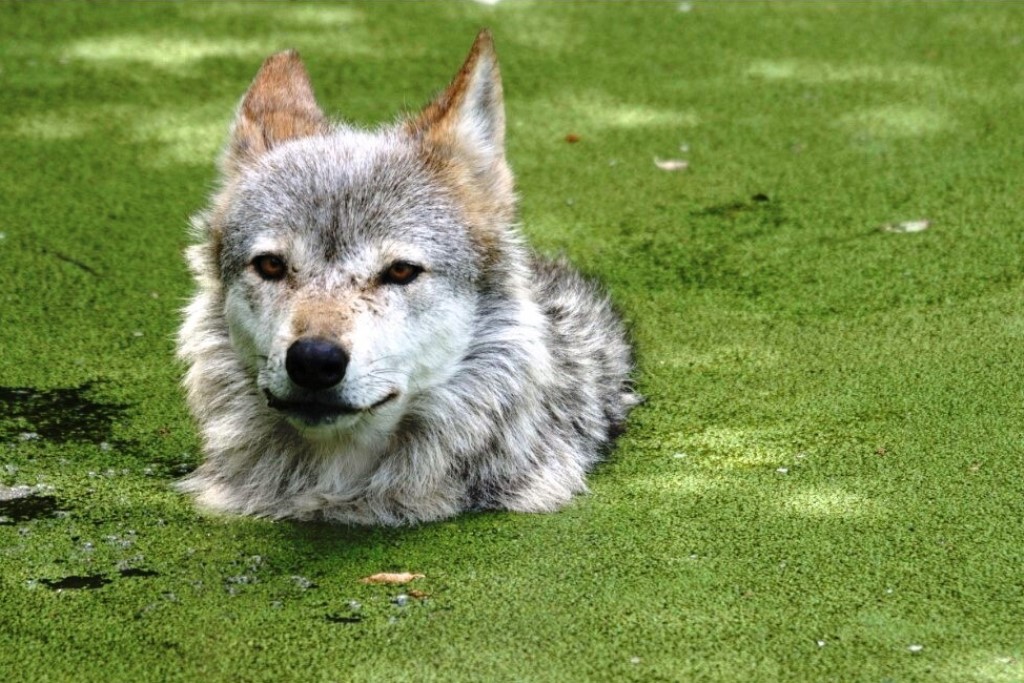
Key Traits of Czechoslovakian Wolfdog Breed
The origin of the Czechoslovakian wolf dog breed is quite recent. This breed originated around 1955 in what was then Czechoslovakia, where an attempt was made to make a dog breed with the appearance of a wolf but the character of a domestic dog. To do this, German shepherds were crossed with Carpathian wolves.
The first experiments were not very convincing as the specimens were either too timid or too aggressive. Offspring had to be bred to dilute the blood of the wolves. The resulting subjects were crossed with German shepherds by lowering the wolf blood to 25 percent again.
But the results were very good, a breed was obtained that can travel up to 50 percent more distance without rest than German shepherds, without having unevenly worn paw pads as is normally the case in dogs. It has better sense of direction, more penetrating vision even at night, better sense of smell and hearing. The fur is also of greater utility; in fact, it is more insulating.
German shepherds have not been used for breeding since 1989, this being entirely made up of the breed, which has also been recognized by the FCI since 1999. Because of its physique and excellent discipline this breed has entered the Civil Defense Corps, often devoting itself to even extreme mountain rescues and in various rescue activities.
A curiosity, the Czechoslovakian wolfdog was used to play the part of the wolf in the famous movie “Dances with Wolves” with actor Kevin Costenr, this wolf was given the nickname white socks since its white paws stood out on its gray coat, actually looking like socks.
To this day this dog is chosen a great deal for its beauty and distinctiveness, but it needs to be chosen by a person who has experience with dogs , especially this breed, I will discuss this in more detail in the character of the Czechoslovakian wolf.
Character of the dog breed Czechoslovakian wolf dog

The Czechoslovakian wolf is a very active, lively, hardy and very intelligent dog, in fact, it learns easily and with very fast reactions. It establishes a very strong bond with its master, made of respect, affection and great loyalty, however, it needs to see in the master the pack leader. And the latter must be a good leader, must have a lot of patience and must be able to impose himself with the right authority, the dog needs to feel that his master is the top dog.
The relationship with children in general is good, he sees them as the puppies of the pack and therefore to be defended, although small children should never be left alone with dogs of this size. Especially females are very attached to the household and the concept of family, they are very loyal and have a special sense of protection toward puppies.
With strangers on the other hand it is very wary, it needs very early socialization to downplay encounters with other dogs, but normally with this breed relationships with strangers to the family and with dogs and cats will be a bit difficult to handle. Males especially are dominant over other dogs, but unlike other breeds can easily coexist with males and females of different ages.
He is a lively and very active dog, needs a lot of movement and suffers to be alone, in fact as in the pack hierarchy, he wants to be part of the family unit that he sees precisely as a pack; in case he is excluded from it he suffers a lot and consequently can create problems by trying in any way to get into it.
As already mentioned, he is not an easy dog to handle, so he is never recommended as a first dog, but suitable for experienced people. If not trained optimally, this dog becomes unmanageable, and because of this unfortunately, given also that at the moment it is a fashion dog, and many people buy it for this, it is not difficult that some specimens are then taken to kennels or relegated to a box in the garden.
Appearance of the dog breed Czechoslovakian wolfdog

The Czechoslovakian wolfdog dog breed is a decidedly charming and very fashionable breed. In fact, its appearance is magnificent and wild. In body shape, movement, and coat it is quite similar to the wolf. As a size it is above average, and we are dealing with a more snappy and elegant breed than the classic sheepdog, with balanced and harmonious forms and proportions.
The measurements of a male at withers are about 65 centimeters for a weight around 25-26 kilograms, the female usually a little less. It has a rectangular frame, strong but graceful, with a solid constitution. The limbs are long, solid, parallel and straight with the feet pointing slightly outward. The tail attached high, hanging down in the resting position. It has a harmonious, elongated, light trot in which the limbs graze the ground as tightly as possible.
The head seen from above forms a blunt wedge, the muzzle is blunt almost sharp with rather dry somatic features. The eyes are small and slanted amber in color, but with a determined look. The ears are small, thin and triangular. The truffle is pronounced and black in color.
The coat is strong, smooth, but also soft, thick and tough, with an abundant undercoat especially during the winter season. There is in fact a big difference between winter and summer coats. As for the coat colors these range from gray yellow, to silver gray with the typical light mask on the muzzle. The coat is also light in the lower part of the neck and on the chest.
Care and health of the dog breed Czechoslovakian wolf dog

The Czechoslovakian wolfdog tends to be healthy and hardy and is generally more so than other breeds. It can still suffer from hip dysplasia and degenerative myelopathy, but these are not very common. It has a life expectancy of about 15 years on average.
Its water-repellent coat is able to withstand rain, snow and the elements, protecting it from the cold and even the heat, although it does not like the sun too much and tends to get hot easily, going so far as to suffer real heat stroke in particularly hot summers.
As for the care of the coat this is very simple, a good brushing once a week and a few more during the shedding period is enough to have a clean and odorless dog, in fact this breed like many primitive breeds does not stink.
For nutrition a well-balanced diet especially in the growing phase is all that is needed to get a good adult subject.






















